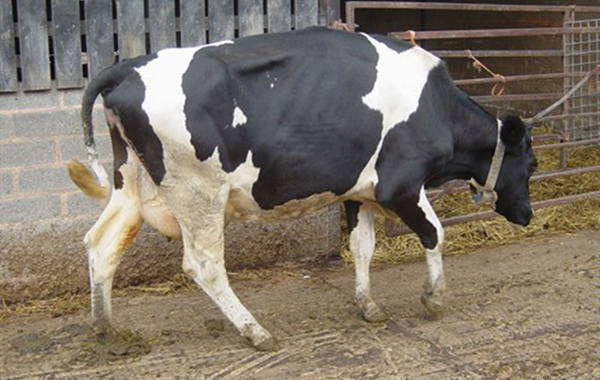Biosecurity Risk Assessments
The farm risk assessments are interactive assessments of the biosecurity risks that challenge your farm for farmers and vets to complete. A series of risk assessments have been developed to cover the major endemic diseases. Simply answer a series of biosecurity questions and you will be assigned a level of risk level (high, medium or low) for each component. In this way you will be able to identify the risk priorities for your farm and deal with them effectively, to prevent disease getting onto your farm. A biosecurity programme should be part of a veterinary health plan.
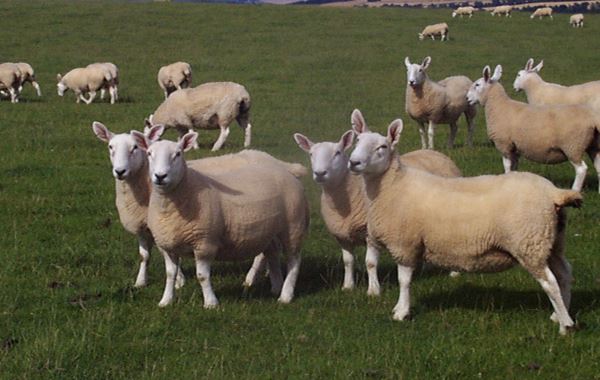
Biosecurity prevents entry of new diseases, or resistant strains of existing diseases into flocks. This risk assessment is a general starting point to more detailed assessments for infectious and parasitic diseases
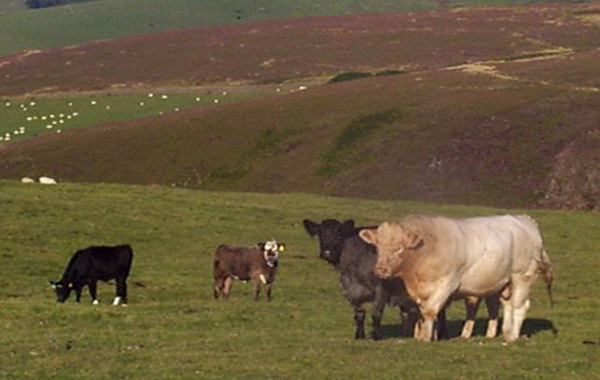
Biosecurity prevents entry of new diseases, or resistant strains of existing diseases into herds and flocks. This risk assessment is a general starting point to more detailed assessments for infectious and parasitic diseases
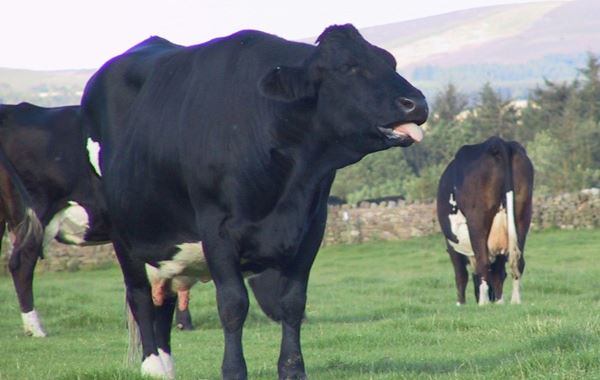
Lungworm is an unpredictable parasite and risk can be difficult to assess. This assessment tool will help provide an indication of risk levels only. Parasite control should be part of your herd health plan.

Lungworm is an unpredictable parasite and risk can be difficult to assess. This assessment tool will help provide an indication of risk levels only. Parasite control should be part of your herd health plan.
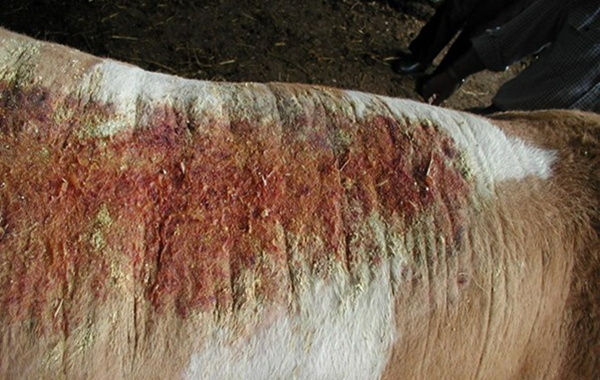
There are three main types of mite affecting cattle in the UK causing slightly different disease presentations. This risk assessment is a guide to reducing the entry and spread of mites in your herd.
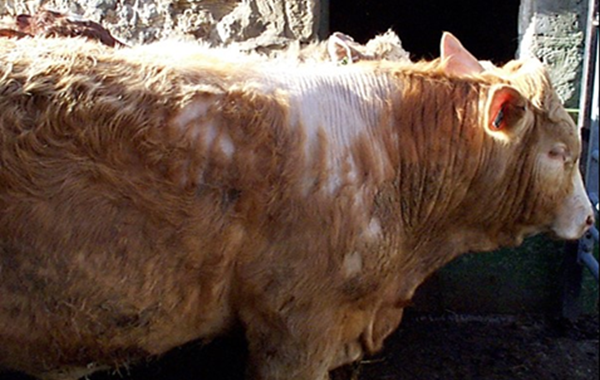
There are four species of lice that affect cattle in the UK. This risk assessment will guide on measures to prevent clinical disease caused by high lice numbers.

PGE can cause severe disease and death in cattle but the greatest losses are from the subclinical effects of reduced appetite and growth. A risk assessment should form part of a comprehensive parasite control plan
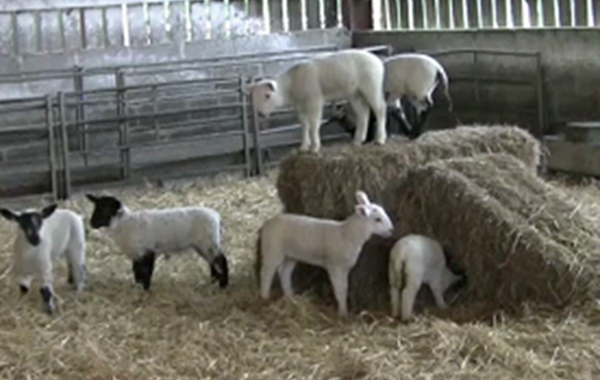
This risk assessment provides guidance to target measures to reduce the risk of entry and spread of the parasites causing coccidiosis for your flock.
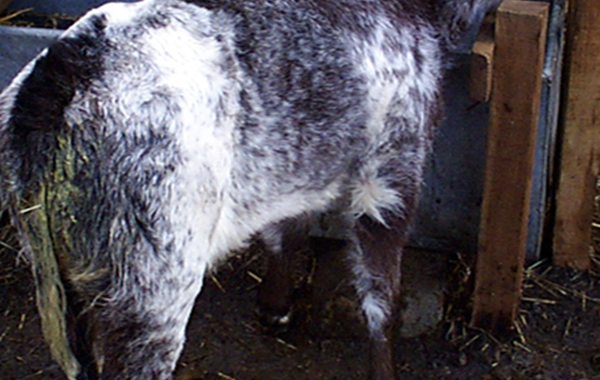
Coccidiosis is caused by a single celled, protozoan parasite spread from animal to animal in faeces. Many species of coccidia carried by cattle are harmless but two widespread species cause diarrhoea in calves.
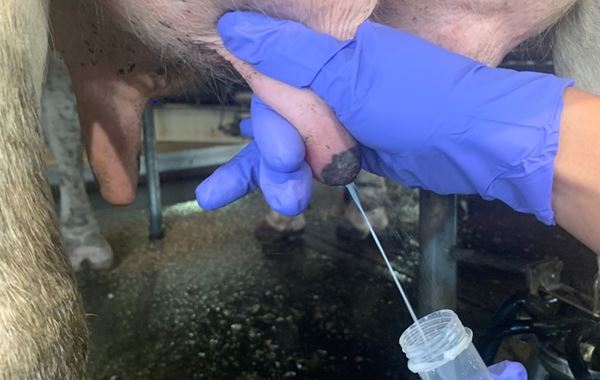
Of all diseases of cattle, mastitis, inflammation of the udder, is the disease which costs the most. Cows with mastitis produce less milk, get pregnant less quickly, lose more body condition.
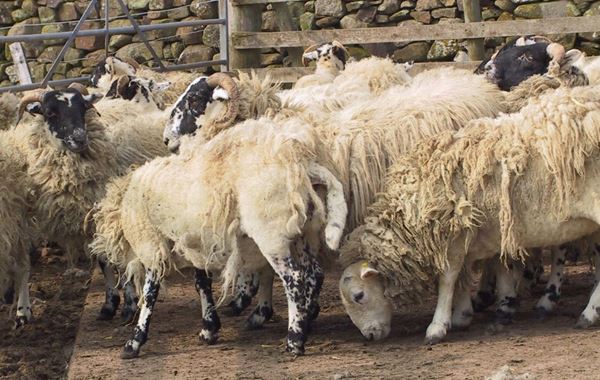
In England and Wales, it remains a legal requirement to treat infected animals and all others in the flock. In 2010, Scotland again made the disease notifiable.

TB can be really difficult to avoid, but small changes in management can drastically reduce your risk.
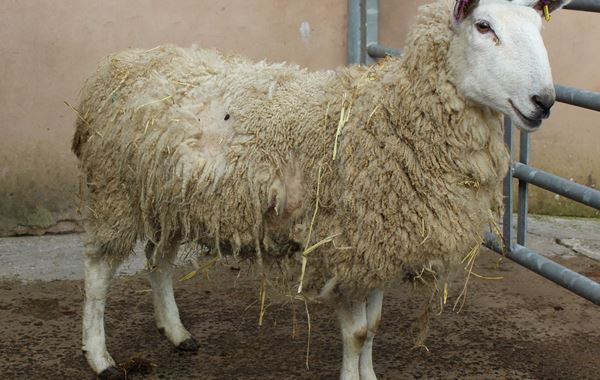
Louse populations are highest during late winter and may cause disrupted feeding patterns, fleece damage/loss, and self-inflicted trauma.
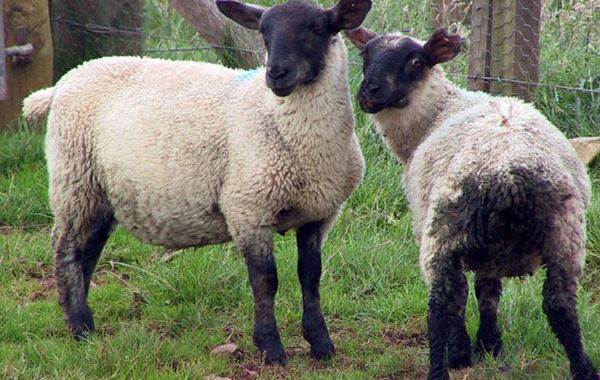
Nematodirus (nematodirosis) is an important disease affecting young lambs managed on pasture grazed by young lambs the previously year.
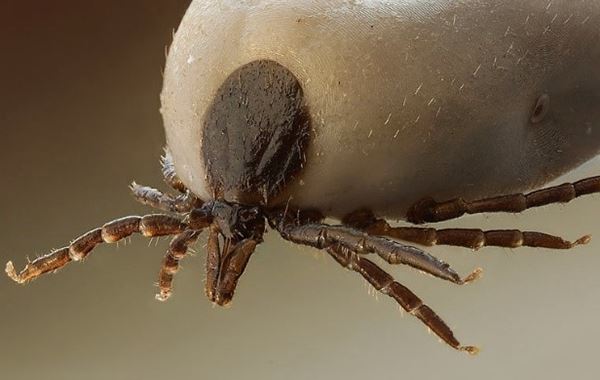
Ticks are very difficult to remove from the environment once the population has become established.
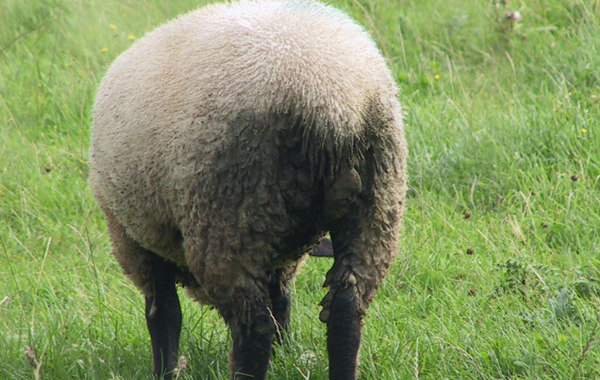
Blowfly strike is a major animal welfare concern: an average of 1.5% of ewes and 3% of lambs in the UK may be affected each year, despite preventative measures undertaken by most farmers
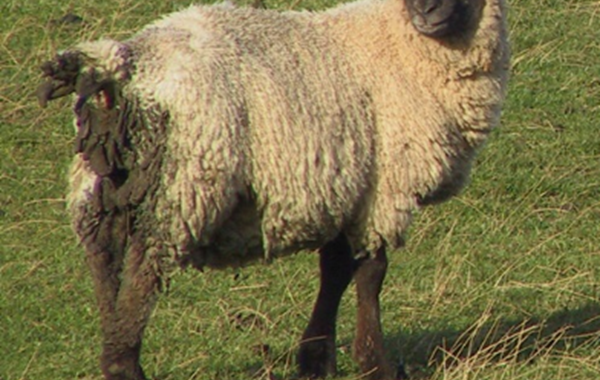
Gastrointestinal nematode (roundworm) infestation is the most important infection limiting sheep production in the UK.

Once established, it is almost impossible to eradicate liver fluke from your farm.

Bovine Virus Diarrhoea Virus (BVDV) is a viral disease of cattle that causes reproductive losses and a range of other disease syndromes in cattle.
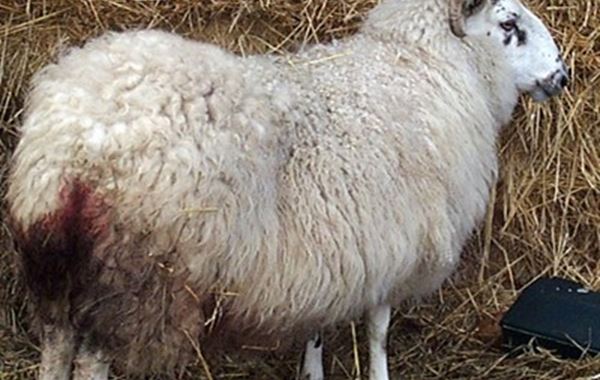
Sheep Abortion is a major economic loss to the sheep industry with individual cases costing £85 each.
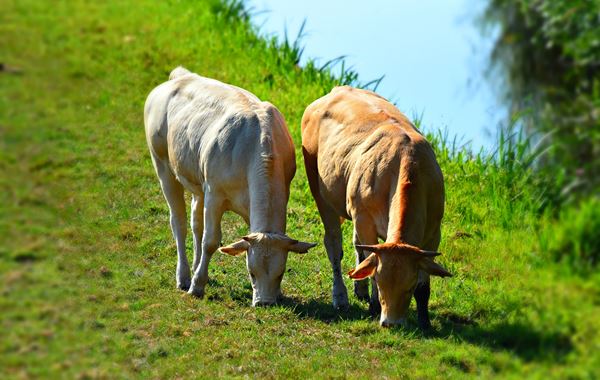
Leptospirosis is a common infection in dairy and beef herds causing infertility, abortion and poor milk yield.

IBR is a highly contagious, infectious viral disease affecting cattle of all ages. Infection occurs by inhalation and requires contact between animals.
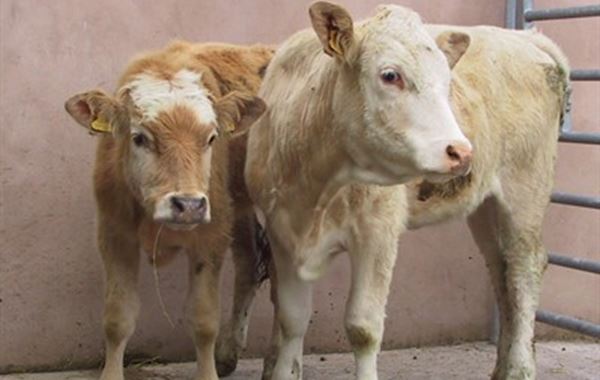
Financial losses result from mortality and antibiotic treatment costs. Respiratory disease is also a major animal welfare concern.
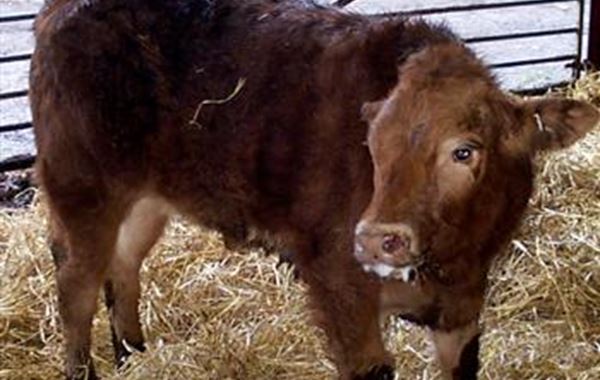
Respiratory disease is estimated to cost the UK cattle industry £80 million annually (between £30 for mild cases to £500 when the animal dies)

Diarrhoea or calf scour can be a major cause of calf mortality and lost profit in many beef suckler herds.
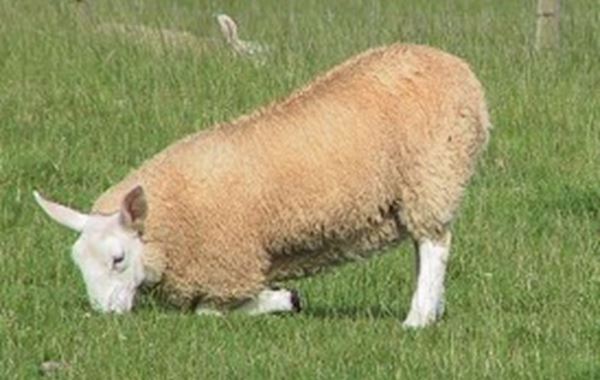
Most outbreaks of lameness in sheep are caused by either interdigital dermatitis (scald) or footrot

Recent surveys have revealed that more than two-thirds of dairy calves do not receive adequate volumes of good quality colostrum within few hours of birth
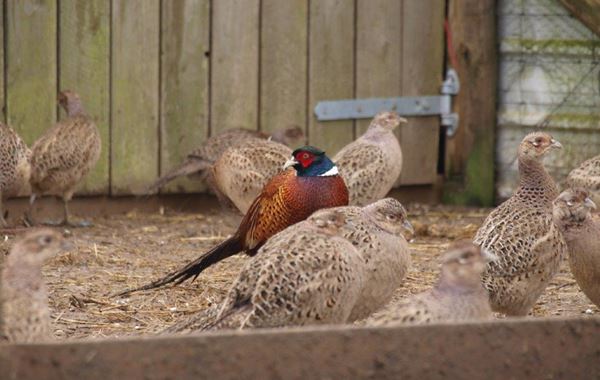
Any person keeping 50 or more poultry (which includes game birds) should be registered with a veterinary surgeon and registered on the Great Britain Poultry Register through Defra.
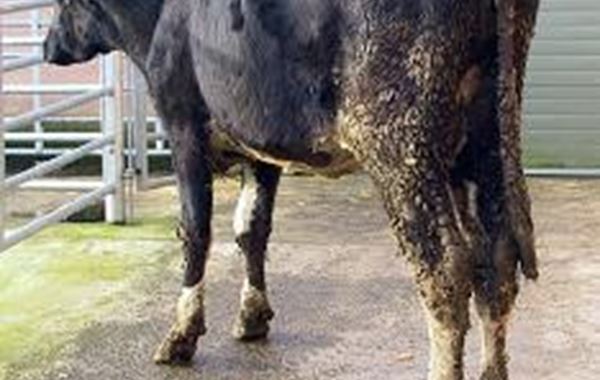
The main signs of Johne's disease in cattle are progressive weight loss and chronic diarrhoea, If your herd has no history of Johne's disease it is critical that all measures are taken to prevent introduction of infection.
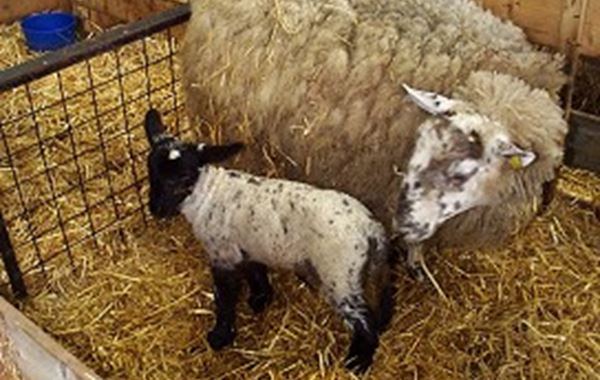
Factors affecting perinatal lamb mortality include farm management especially nutrition, level of flock supervision and infectious diseases
